Top 10 Tyre Care Tips
Here are simple tyre care tips to help you maintain the health of your tyres.

Find your tyre
READ THE DIMENSIONS OF TYRES

A good driving experience is delivered by good quality tyres. Tyre care and maintenance, therefore, is the most crucial factor not just for ride comfort but also for safety. Here is a simple tyre care and ,maintenance guide that you could follow to ensure the good health of your tyres.
Tyre Care And Maintenance Guide
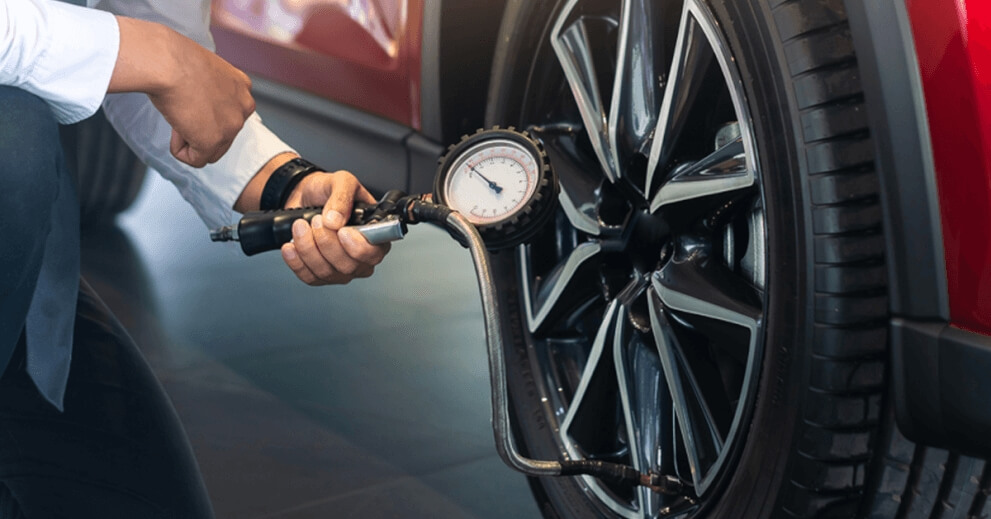
1. Check and maintain correct car tyre pressure
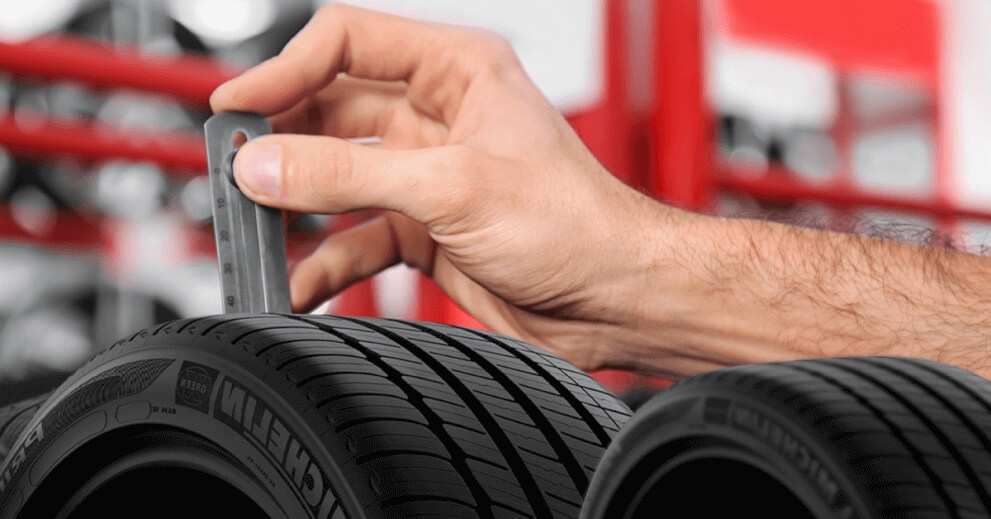
2. Check the tyre tread depth

3. Wheel alignment and balancing
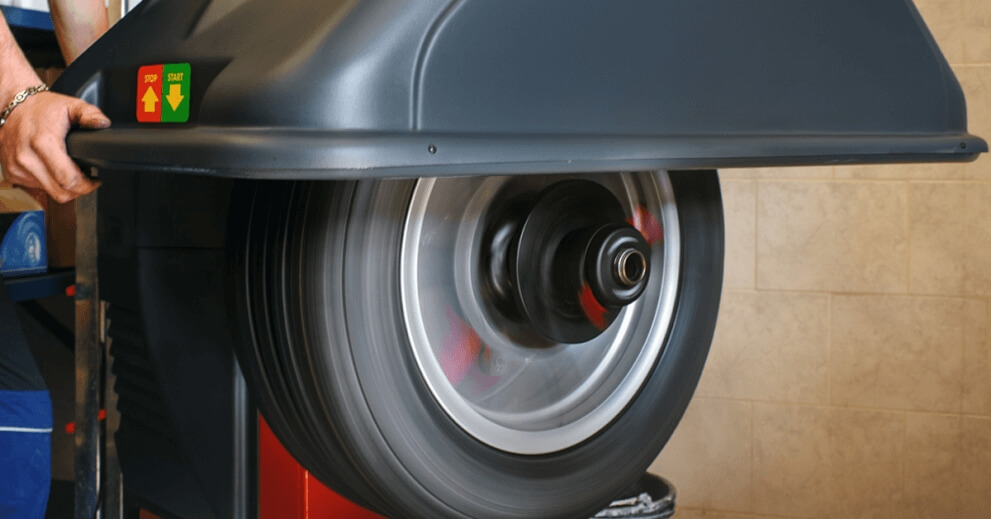
4. Tyre Rotation
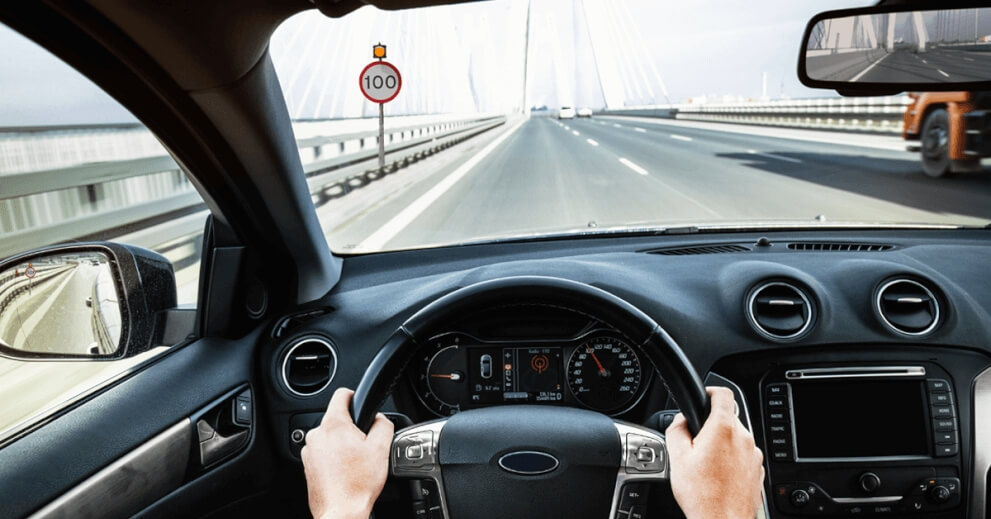
5. Drive within speed limit
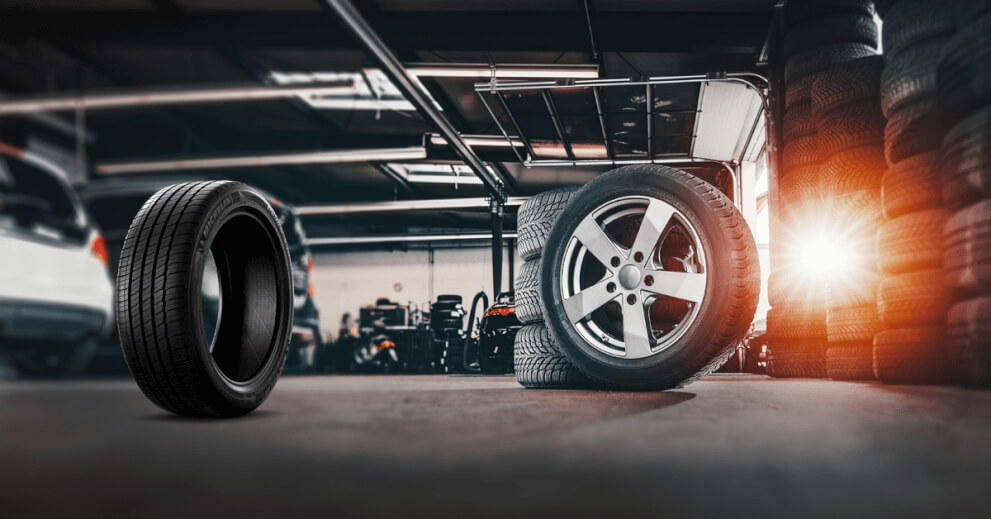
6. Do not mix or mismatch your tyres
On any vehicle, it is always advised to use tyres of the identical size,LI/SI & pattern on the same axle . The original tyres that are provided by the car manufacturer fulfil all the requirements and provide optimum performance in conditions that are mentioned by the car manufacturer. Thus, while replacing the tyres go for a similar brand or the one that matches all the specifications.
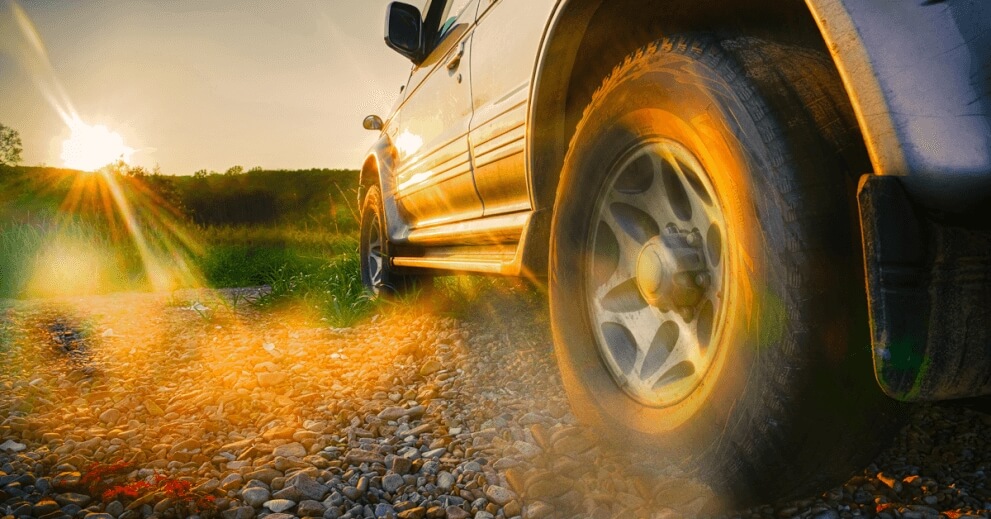
7. Avoid extreme spinning of tyres
For instance, consider you are on a offroad ride and accidently your car gets stuck in sand or mud. To recover from this situation, you accelerate hard which leads to over spinning of the wheels. This over-heats the tyres due to increased friction and causes severe damage. If in this kind of situation try to take a gentle back and forth rocking motion to set your car free.
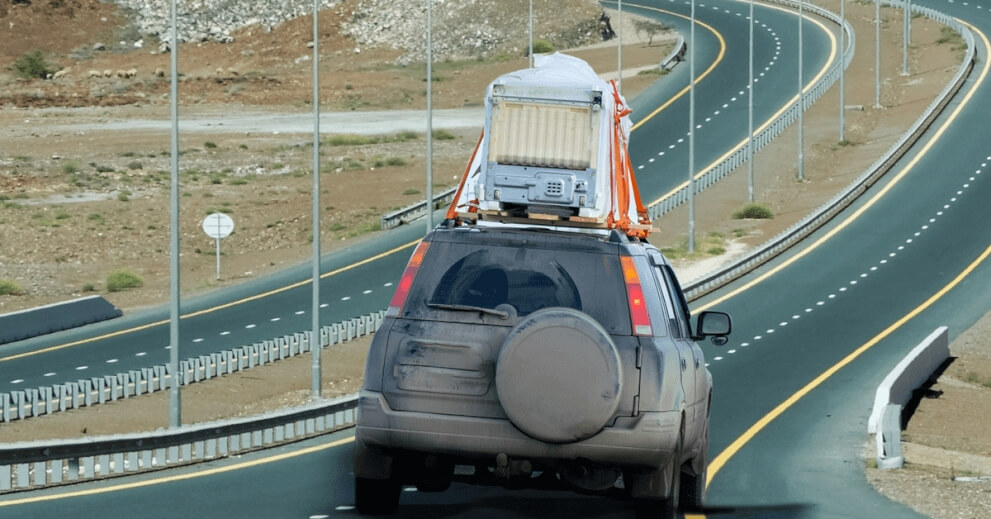
8. Avoid overloading your car
Never overload your car as it causes excess stress on the tyres and other car parts. Results of overloading also include increased fuel consumption, poor handling, and tyre damage. Furthermore, for any vehicle, having tyres with the right load capacity and rim width is vital for correct tyre load distribution and function. The vehicle owner’s manual also specifies a parameter called as the load index which denotes the maximum load a tyre can carry at maximum safe inflation. Ensure you also fix tyres that match this load index.
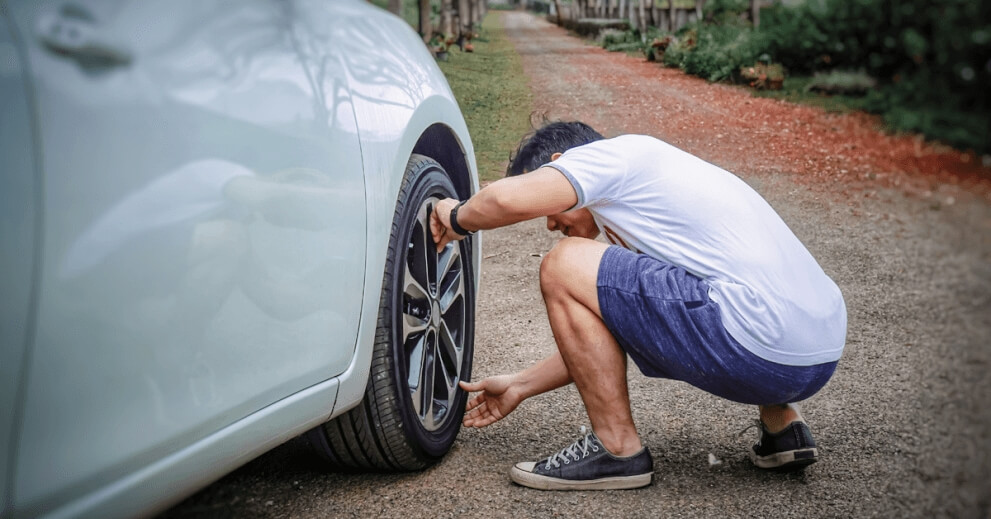
9. Have periodic tyre servicing
Frequent examination of tyres helps to prolong their life. While some external abnormalities can be identified by a quick physical inspection, some interior ones may call for a more thorough professional assessment. Hence, it is recommended to visit a trusted tyre shop and have periodic tyre servicing done on all the tyres of your car. A professional will help you know about your tyre health and will also recommend the best solutions.
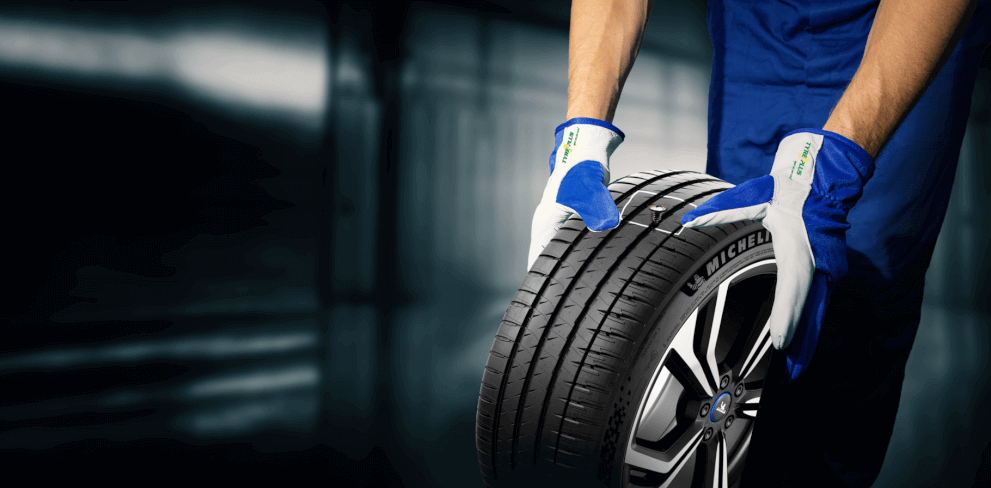
10. Do not delay tyre repair
A tyre that has suffered minor damage like a puncture, small cracks or cuts can be repaired, provided it is within repairable limits. It’s important to get it repaired immediately because driving on an injured tyre increases the damage which then becomes irreversible and the tyre needs to be replaced. For e.g. driving on a punctured tyre causes intense stress on the tyre leading to the weakening of the sidewalls. And, a tyre with a compromised sidewall is deemed irreparable. Hence, repair the punctured tyre immediately before it’s too late. Tyre maintenance and care is equally as important as your car care. Hence, ensure you follow the above tyre care tips for a safe and pleasant ride.
